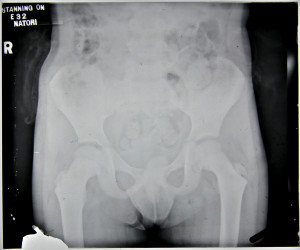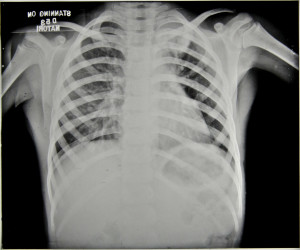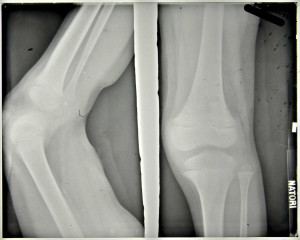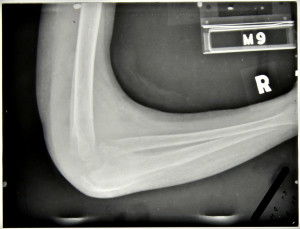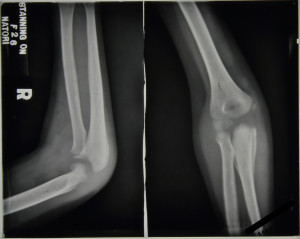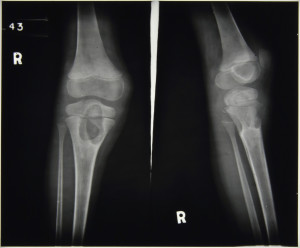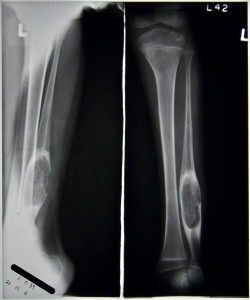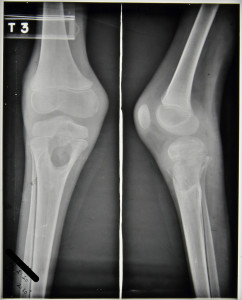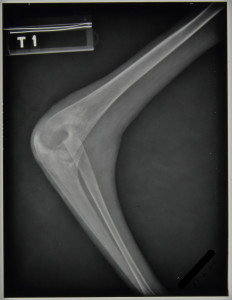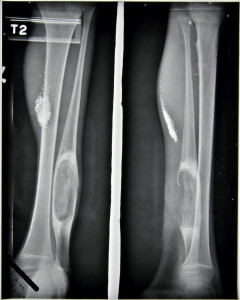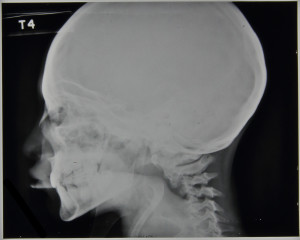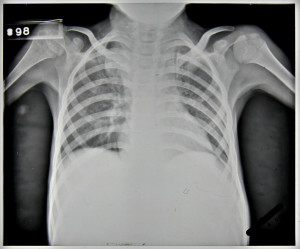Genitourinary TB is the most common form of extra-pulmonary TB today, although the proportion of children in Stannington suffering from this form of TB is relatively low. Symptoms can include fever, increased urination, and blood in the urine. In children it is most commonly found either amongst young infants or not until a child reaches puberty and is also a leading cause of congenital TB in new-born babies.
Patient 116/1947 was a 13 year old boy, admitted to the sanatorium on 23 September 1947, and diagnosed with genitourinary tuberculosis. He had been suffering from a range of medical problems for the past three years, having had a perinephric and a subnephric abscess in December 1944, which was treated with penicillin, and in July 1945 he had a right nephrectomy where the kidney that was removed was found to be tuberculous. Three months later in October 1945 he returned to the hospital with a right sided epididymitis and again in January 1946 reporting a history of a right sided scrotal abscess which had discharged and healed leaving some thickening at which point haematuria was noted. He was admitted to hospital again in September 1946 in connection with the right sided epididymitis.
As early as February 1946 it was recommended that he be admitted to a sanatorium and correspondence between the local authorities and Stannington Sanatorium shows that the Administrative Officer of Cumberland County Council was persistent in his attempts to have the boy admitted only to be told by the sanatorium’s Medical Superintendent that there were currently no beds and they were waiting for a suitable side ward to accommodate him. On his eventual admission he complained of a dull aching pain on the left side of his abdomen, had recently complained of pain on micturition (urination), and was also urinating very frequently, particularly at night. There was no blood or albumen in the urine at this point, no tenderness felt on the left side of the abdomen, and a small hard nodule about the size of pea was seen in the left epididymis. His general condition throughout his stay was deemed to be good and chest x-rays were clear of any signs of tuberculosis.
It was decided that given his strong symptoms further investigations of the renal tract were necessary for which he would have to be sent to the RVI in Newcastle as the Sanatorium did not have the required facilities. Described in his notes as “a perfect nuisance on the ward”, it was decided that he should be sent home to wait for a bed at the RVI. He was discharged on 19 December 1947.

